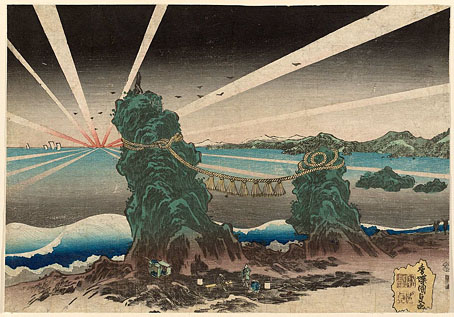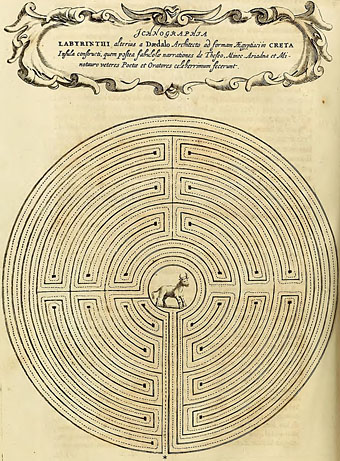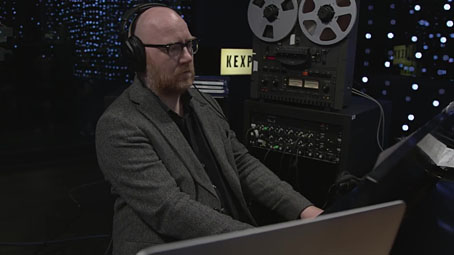Forget all the Disco Sucks bollocks, this was where the creativity was. Many of the qualities of Disco that were so derided were mirror images of those qualities that were celebrated in Punk: an annihilating insistence on sex as opposed to puritan disgust; a delight in a technology as opposed to a Luddite reliance on the standard Rock group format; acceptance of mass production as opposed to individuality. It was the difference between 1984 and Brave New World: between a totalitarian nightmare or a dystopia accomplished through seduction. […] Disco’s stateless, relentlessly technological focus lent itself to space/alien fantasies which are a very good way for minorities to express and deflect alienation: if you’re weird, it’s because you’re from another world. And this world cannot touch you.
— Jon Savage
Don’t let that title fool you into expecting more blather about Space Nazis or belligerent muppets, these are not the Droids you’re looking for. Do You Have The Force? is catnip for this listener, being a compilation of electronic/dance obscurities that’s also another album compiled by the very authoritative Jon Savage. One of Savage’s curatorial hallmarks is a wandering from the beaten path in search of previously unnoticed trails and connections. This 80-minute collection continues the trend with an eclectic mix of energetic space disco and post-punk futurism, together with an extended ambient interlude by The Sea Of Wires, the British cassette world’s answer to the Berlin School of synthesizer music. I’d only heard a couple of these selections before, and the ones I had heard are all unpredictable choices: tracks by Suicide (Mr Ray) and The Flying Lizards (Steam Away) from each group’s less popular second albums; also Invocation, an obscure piece by Cabaret Voltaire from their post-Rough Trade, pre-Virgin recordings for the Disques du Crépuscule label.
Most of the unknown quantities here are all stimulating enough to warrant further investigation, even Droids (Fabrice Cuitad & Yves Hayat) whose Star Wars-themed dance groove may be excused its attachment to the wretched Lucas mythos by virtue of there having been a lot of similar opportunism at work in the late 1970s. In the notes to his album Savage mentions two chart-topping singles that might have warranted inclusion: I Feel Love by Donna Summer (previously), and the majestic Magic Fly by Space. The latter may be heard on the first Cosmic Machine collection of French electronic music, together with another track by Droids. Both of the Cosmic Machine collections make excellent companions for Do You Have The Force?, as does the four-disc Close To The Noise Floor collection, another exploration of the byways of Britain’s post-punk electronic scene which also includes an instrumental by the enigmatic Sea Of Wires. Savage ends his collection with a Mexican mix of tracks by the great Patrick Cowley, a producer who pointed the way to an electronic future he didn’t live long enough to experience for himself.
Do You Have The Force? is out now on Caroline True Records. Kudos to the label for making a CD available. Some of us still prefer to shoot lasers at spinning silver discs, and will support those who continue to produce them.
Previously on { feuilleton }
• Just the ticket: Cabaret Voltaire
• Summer of Love
• Queer Noises













